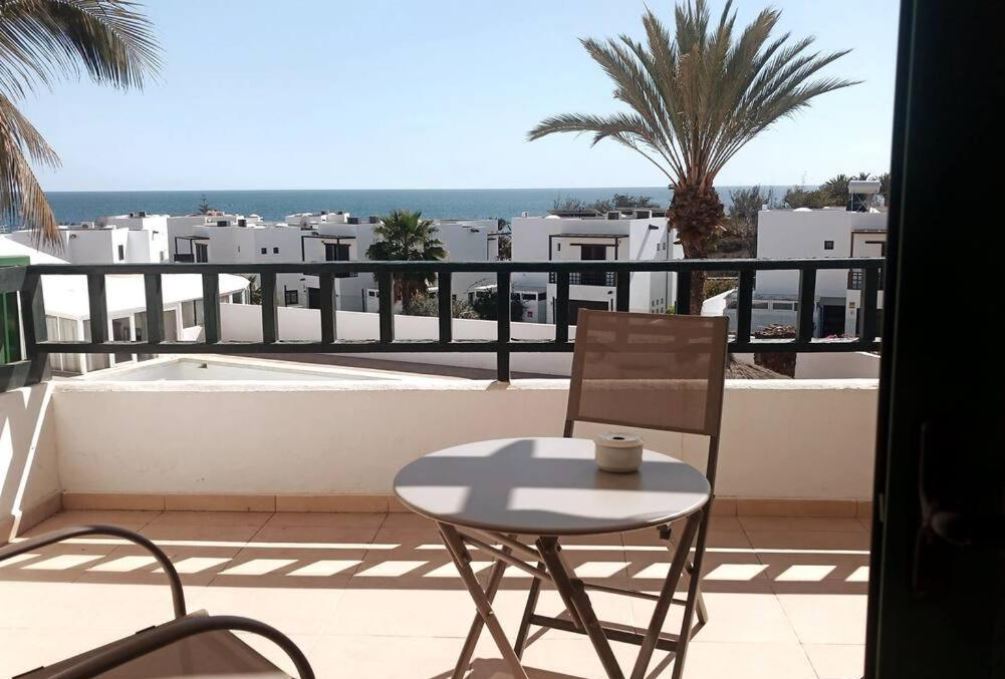Lanzarote is one of the seven Canary Islands in the Atlantic Ocean and belongs to Spain. It is the fourth largest island in the group and the most easterly. But what makes Lanzarote so special? It is its fascinating history, marked by volcanoes, pirates, artists and more.
Lanzarote was formed by volcanic activity around 18 million years ago. The island has about 300 volcanic cones that give it a unique landscape. The oldest parts of the island are the Famara mountain range in the north and the Los Ajaches mountain range in the south. The youngest parts are the Timanfaya area in the west and the lava fields in the southwest. These were formed by a series of violent volcanic eruptions between 1730 and 1736 that covered a quarter of the island and destroyed many villages.
The first inhabitants of Lanzarote were the Majos, a Berber people from North Africa. They lived from agriculture, fishing and goat keeping. They left traces of their culture in the form of cave dwellings, stone walls, pottery and petroglyphs. The Majos called the island Titerogakaet or Tyterogakaet, which means “the red one”.
The first European discovery of Lanzarote was in 1312 by the Genoese navigator Lancelotto Malocello, after whom the island was later named. He built a fortress on the east coast and stayed there for about 20 years. In 1402, the conquest of Lanzarote began by the French knight Jean de Béthencourt and his companion Gadifer de la Salle. They founded the first European settlement on the island, Rubicón, on the southern tip. They subjugated the Majos after several battles and made them their vassals.
In the 16th and 17th centuries, Lanzarote was attacked several times by pirates looking for booty or taking slaves. The most famous attacks were those of the Ottoman admiral Barbarossa in 1539, the English privateer John Hawkins in 1569 and the Algerian corsair Morato Arráez in 1586. To protect themselves from the pirates, the inhabitants of Lanzarote built several forts and towers along the coast.
In the 18th and 19th centuries, Lanzarote experienced a period of economic prosperity thanks to the cultivation of grapes, cochineal lice (for red colour) and aloe vera (for medicine). The island exported these products to Europe and America. The population grew steadily, reaching about 30,000 by the end of the 19th century.
In the 20th century, Lanzarote became a popular destination for tourists from all over the world. The island offers a variety of attractions such as beautiful beaches, picturesque villages, impressive natural parks (like Timanfaya), cultural attractions (like the Museum of Contemporary Art)


